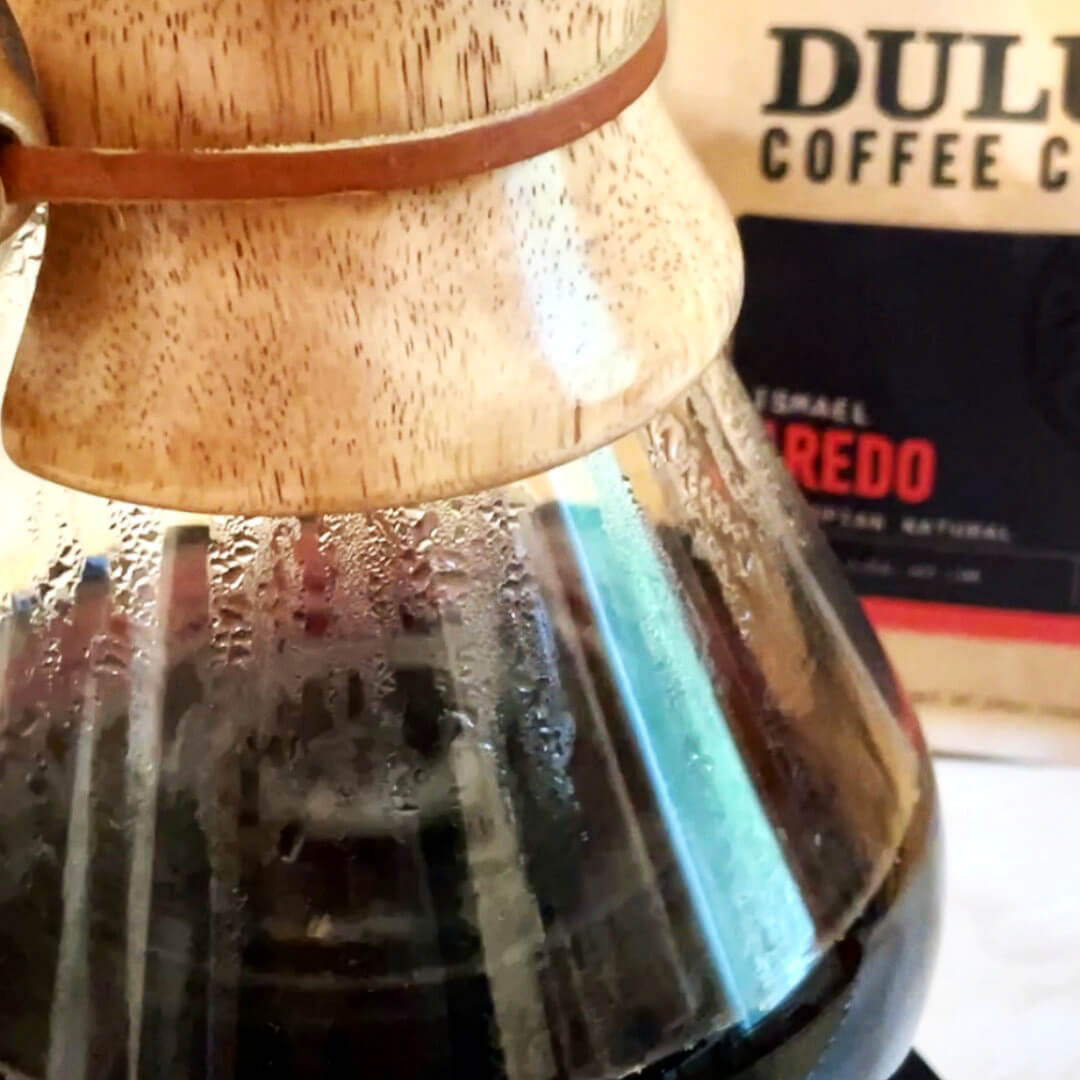
Brewing coffee shouldn’t be difficult. It’s just coffee and water, right? Well, it’s a little more complex than that.
There are a lot of variables in brewing that will make you either fall in love with a coffee or pucker up to it.
Coffee Grinds
We start with grinding coffee beans. As with everything in making a perfect cup, consistency is key.
The easiest way to understand coffee grounds and how it effects your brewing is thinking about the particle size. The smaller (finer) the coffee grounds are, the more surface area is exposed, therefore increasing the potential of extraction.
Course ground coffee, or large particles, have less surface area by weight so it creates a less efficient extraction potential. Medium fine grinds is the average grind size used in most brewing methods and it is relatively similar to coarse ground sea salt.

Brewing Ratios
Like baking, coffee professionals use weight ratios instead of volume. We use a scale to weigh our “dose” of coffee, and we use a scale to weigh our water usage. This is related to the above discussion of grind size. Imagine a cup of coarse ground coffee, versus a cup or fine ground coffee. There will be more coffee, by weight, in the cup of fine grounds. Give it a try!
It’s important to weigh your coffee because it gives the most accurate reading of how much coffee you’re using to brew.
The brewing ratio is simply the amount of water to the amount of coffee used to brew. If you hold all variables alike, but change your brew ratio, the stronger cup or coffee will have more coffee to water than the weaker cup. In general. Don’t believe us? Read into this.
There’s a Golden Ratio in the coffee world. It’s 16:1. Which translates to every 16grams of water you use, you’ll need 1gram of ground coffee. In our cafe, we brew 12oz pour overs with 25grams of coffee because we yield 400grams of coffee.
We give you a general brewing guide on the bottom of our bags to get you off to a good start, but you can alter it for each brewing method and to your liking. 
Brewing Methods
The simplest brewing method is full immersion. Full immersion is where you let the coffee grounds steep in water. Like brewing tea. There are a lot of full immersion methods, but the most common is French Press. It’s really simple and it makes a great cup of coffee. Every cabin should have one.
Another brewing method is pour over. You’ll often see coffee shops list pour overs on their menu. It’s a fantastic way to brew coffee and pull out complex flavors. It’s simply understood as the process of passing water through a bed of coffee. One of the best parts about a pour over is also the worst part; there are a lot of variables you can change that will influence the flavor of the cup. Change your dose, your grind size, your bloom, bypass, agitation or pulse and you’ll change how your coffee tastes. It’s easiest for us to explain when you look at brewing a V60.
Ever wonder if you can brew the Zenith City Espresso in a French press? Of course you can! Espresso is a brewing method, not necessarily a type of coffee. Our Zenith City is crafted for consistency in espresso extraction, but that doesn’t mean you can’t brew it other ways.
Espresso is often confused as a roast or a bean, but it is actually a brewing method. Any coffee can be made as espresso if it is brewed using pressure; commercial espresso machines define the perfect pressure to be 9 bars. This technique allows you to grind coffee finer, exposing more of the surface area and increase the ratio of the dose. The two adjustments combined with the application of pressure allows you to make a very quick acute extraction of a coffee. The quickness of this brewing method and the application of pressure make it one of the more difficult methods to master.
To brew the best espresso, we first recommend a La Marzocco Linea PB. The Cadillac of espresso machines. You’ll need a grinder to compliment it to. We like the E65s. It allows you to grind incredibly fine, and keep the particle size consistent. The grind ends up being so fine that water won’t pass through the bed of coffee without the added pressure from the machine.

Our recipe for our Zenith City Espresso is a 2:1 ratio of 20 grams of coffee grounds that yield 40 grams of espresso; extracted within 30 seconds.
This can be achieved with a number of different combinations of espresso machines and grinders. When selecting your equipment the most important things to look for our temperature and pressure stability.
If you haven’t figured it out by now, coffee is pretty complex. There’s a lot of ways to brew a cup of coffee, but at the end of the day all you need is coffee and water.
